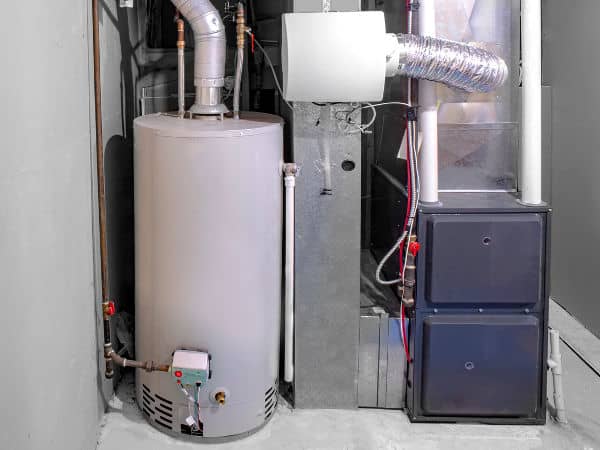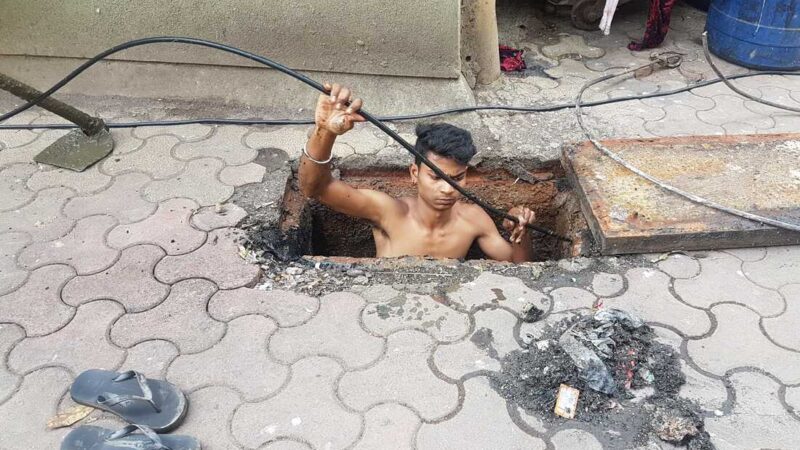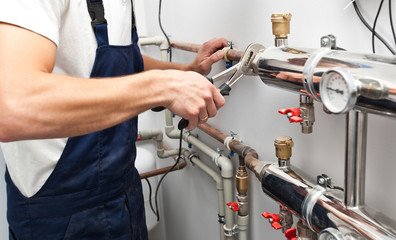Different Types of Plumbing and Fittings Used in the Plumbing Industry
Plumbing is an area that is responsible for delivering fluids for a variety of applications. It includes pipes, plumbing fixtures, valves, tanks, and other apparatuses. When a pipe fails, it can cause serious damage to your home. For this reason, it is important to know how to repair a pipe before it is too late.
Polyvinyl chloride (PVC) is a thermoplastic polymer that is often used as a pipe material for various applications. It is an inexpensive and durable material that is environmentally friendly and recyclable.
PVC pipes are widely used in water mains, drain lines, and sewer system pipes. They are lightweight, rust-resistant, and crush-resistant. Compared to other types of pipes, PVC is also relatively easy to install. There are a wide range of PVC pipe sizes and fittings available.
During the production process, PVC is mixed with barium sulfate and epoxy resin. These materials are then extrusion-molded into pipes of different sizes.
Unlike metal materials, PVC is resistant to hydrogen-based acids, allowing it to handle various infrastructure needs. It is non-toxic and meets all international standards.
PVC is also lightweight and can be reused. The production method also helps minimize costs. With the help of world-class manufacturing equipment, it is possible to produce various diameters and lengths of PVC pipe.
PVC is suitable for most uses, although it is not recommended for high-pressure gas transport. However, it is considered safe for most applications, especially for drinking water delivery and unheated water.
PVC pipes are a reliable alternative to metal, wood, or fiberglass piping. Due to their lightweight properties, they are easy to install. Moreover, they have low breakage rates, making them an excellent choice for long runs. Compared to other types of pipes, they are also more durable and leak-free. This makes them a perfect choice for sewer and drain lines.
As a result of its many advantages, PVC is becoming increasingly popular for building and infrastructural needs. Its lower cost, durability, and energy efficiency make it a great alternative to other materials.
Cast iron pipes are a common part of home plumbing systems. These pipes were commonly used in the 19th and 20th centuries to transfer water and gas. The advantages of cast iron include its higher corrosion resistance and durability. However, there are some disadvantages.
Cast iron pipes may leak or develop holes. This can result in foul odors, sewage backups, and health issues. If you notice any of these signs, you should contact a plumber.
A good pipe should be waterproof. This is particularly important for sewage systems. Water and moisture can seep into the pipe and cause corrosion. For this reason, it is best to replace broken or corroded cast iron pipes.
Another advantage of cast iron is its ability to resist lead contamination. Lead can contaminate drinking water, leading to toxic fumes that may affect your health. Fortunately, it is possible to eliminate this threat.
Another issue with cast iron pipes is their brittleness. Small cracks and breaks can occur, and they can cause damage to your foundation. It is important to address the problem before it becomes too serious.
A cast iron pipe that has become cracked should be replaced immediately. Otherwise, you might end up with a hole that will be uncomfortable for visitors, expose your house to sewage gas, and obstruct your toilet from emptying.
To reduce corrosion, ductile iron pipes have been coated with polyethylene. They are also thicker than older iron pipes. With the right care and maintenance, ductile iron pipes can last up to 14 years, depending on soil conditions.
Cast iron pipes have been around for centuries. However, they are now facing new challenges. Older cast iron pipes are being replaced with more durable and cost-efficient materials, such as PVC.
Chlorinated polyvinyl chloride (CPVC) pipe is a new type of engineering plastic. It is used in industrial applications and in hot and cold water systems.
CPVC pipe is resistant to corrosive chemicals and salts. The material also has good resistance to acids and bases. This allows it to be used in applications that require higher temperatures than PVC.
CPVC is a cost-effective material. However, there are several considerations to keep in mind when installing it. These include the need for special solvent cements to be used in assembly.





